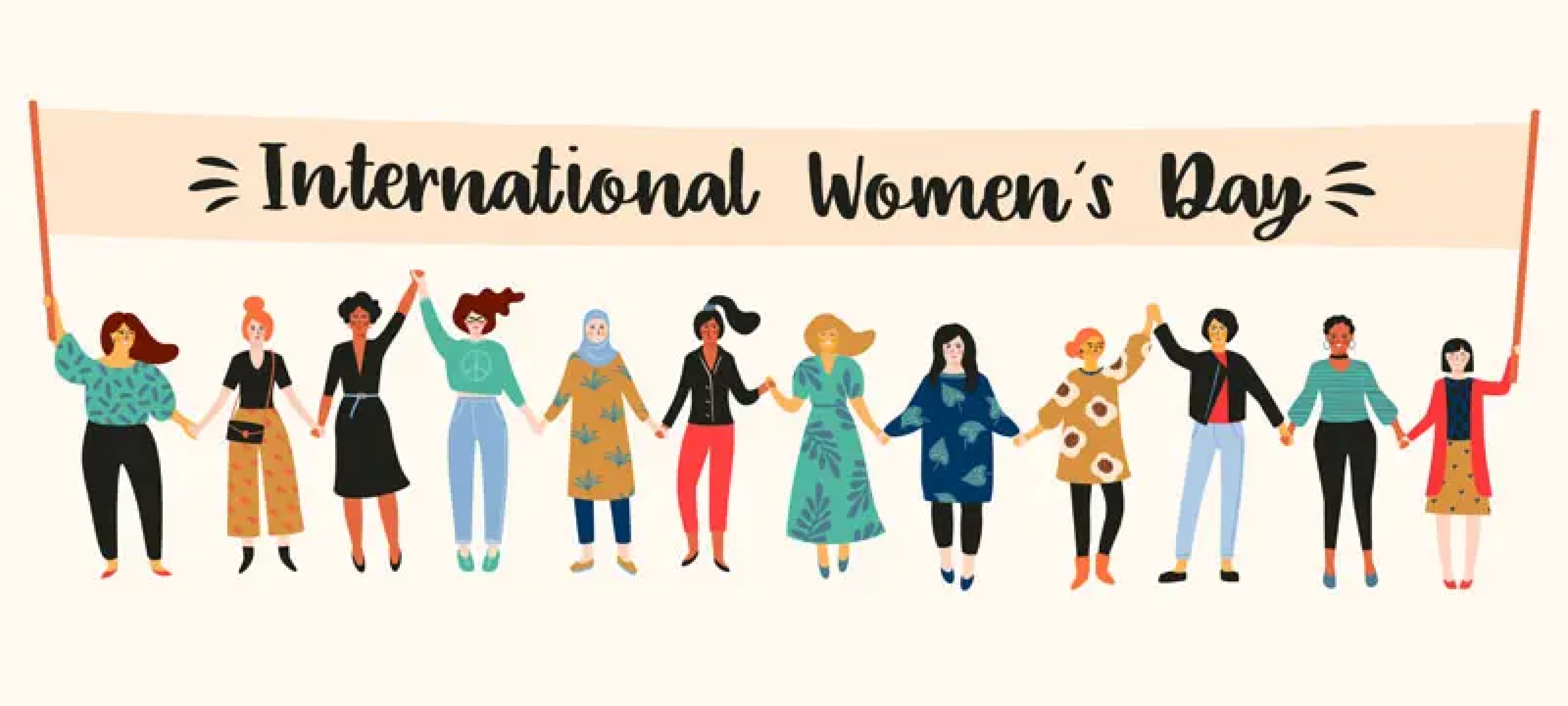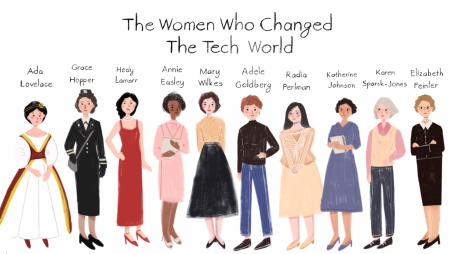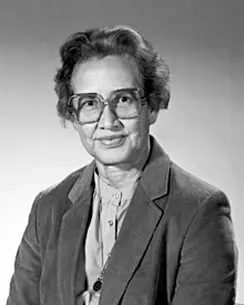
International Women’s Day (IWD) is a global celebration commemorating women’s cultural, political, and social achievement. It is celebrated yearly on March 8th. It’s also a key point in the women’s rights movement, raising awareness about problems like gender equality, reproductive rights, and violence and abuse against women.
IWD originated from labour movements in North America and Europe in the early twentieth century, spurred on by the universal female suffrage movement that began in New Zealand. The first version was allegedly a “Women’s Day” staged by the Socialist Party of America on February 28, 1909, in New York City. This prompted German delegates to the International Socialist Women’s Conference in 1910 to recommend that “a special Women’s Day” be held every year, though with no defined date.
The next year, the first International Women’s Day marches and commemorations took place across Europe. IWD was declared a national holiday in Soviet Russia on March 8, 1917 (the beginning of the February Revolution); it was later observed by the socialist movement and communist countries on that date. Until the late 1960s, when it was popularized by the global feminist movement, the holiday was associated with far-left parties and authorities. Following its approval by the United Nations in 1977, International Women’s Day became a mainstream global celebration.
International Women’s Day is marked in a variety of ways around the world; in some countries, it is a national holiday, while in others, it is observed socially or locally.
The UN observes the holiday in connection with a particular issue, campaign, or theme in women’s rights. In some parts of the world, IWD still reflects its political origins, being marked by protests, and calls for radical change; in other areas, particularly in the West, it is largely sociocultural and centered on a celebration of womanhood.
Women in technology is a common theme celebrated by IWD because Gender equality remains a major issue in the corporate world, and women remain significantly underrepresented in the corporate line. Despite the huge amount of research and meticulously curated data confirming that companies tend to be more profitable, reputable, and have a healthy growth relationship when they have more women in leadership positions, we still suffer a gender gap in most companies. Here are top three reasons why we need more women in tech,
Diversification
Diversity feeds creativity and innovation that generates more revenue. Heterogeneity of thought leads to better problem-solving as collaborating with individuals of different genders, ethnicities, sexual orientations, and race leads to increased innovation and enhanced problem-solving capacities. Diverse teams outperform homogeneous ones, especially when solving technical problems
Change in Thought Pattern to Generate More Revenue
Men and women see things differently and present unique ideas on innovations especially those centered on women. The tech industry needs more of the female gender to facilitate better problem-solving ability and increase performance at business level as there is a vast market and potential in building and targeting high tech products and services to women.
In other words, in a competitive market where half of the world population is women, it is imperative to know that tech companies cannot afford to overlook the importance of female contributions as women are clients, customers, decision makers, and end users.
The Need for More Role Models and Mentors
Encouraging young women to pursue their interest and careers in tech is not enough; we need them to have a large pool of successful female leaders in tech whom they can choose as their role model or mentor. We need to have more women that are successful in STEM and letting them earn their seats at the big table so they can challenge and engage on the topic of gender equality.
On this International Women’s Day, we’ve decided to share the impactful work of women who changed the tech world and celebrate their achievement.


Radia Perlman
Radia Joy Perlman (born December 18, 1951) is an American computer programmer and network engineer. She is most famous for her invention of the spanning-tree-protocol (STP), which is fundamental to the operation of network bridges while working for digital equipment corporation She also made large contributions to many other areas of network design and standardization, such as link-state routing protocols.
Perlman was elected a member of the national academy of Engineering in 2015 for contributions to Internet routing and bridging protocols.
More recently she has invented the TRIL protocol to correct some of the shortcomings of spanning-trees. She is currently employed by Dell.




Adele Goldberg
Adele Goldberg (born July 22, 1945) is an American computer scientist. She participated in developing the programming language Small-Talk 80 and various concepts related to object-oriented programming while a researcher at the Xero Palo Altro Research Centre (PARC), in the 1970s
Katherine Johnson
Katherine Johnson was an American mathematician whose calculations of orbital mechanics as a NASA employee were critical to the success of the first and subsequent U.S. crewed spaceflights. During her 33-year career at NASA and it’s predecessor she earned a reputation for mastering complex manual calculations and helped pioneer the use of computers to perform the tasks.


In summary, we need more women in tech, especially those who deserves the opportunity to take on leadership positions. Our lives are globally connected, and companies needs to see gender equality and diversity to achieving better performance. We cannot rely on time alone to solve this issue – we need to take actions too.








